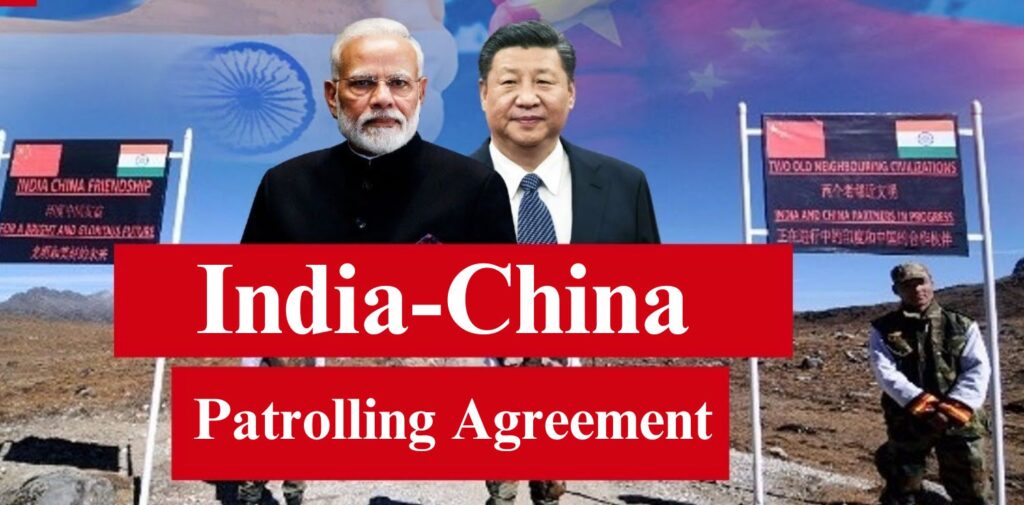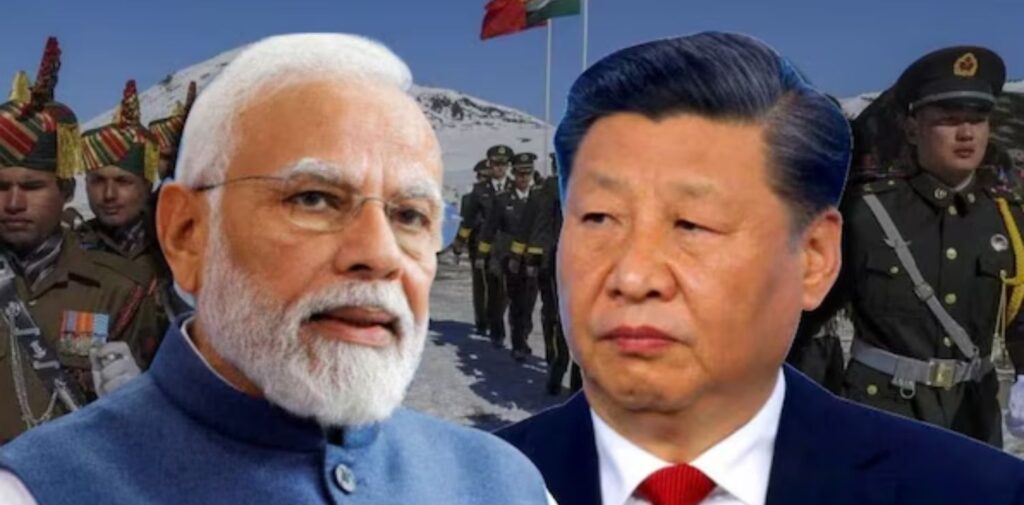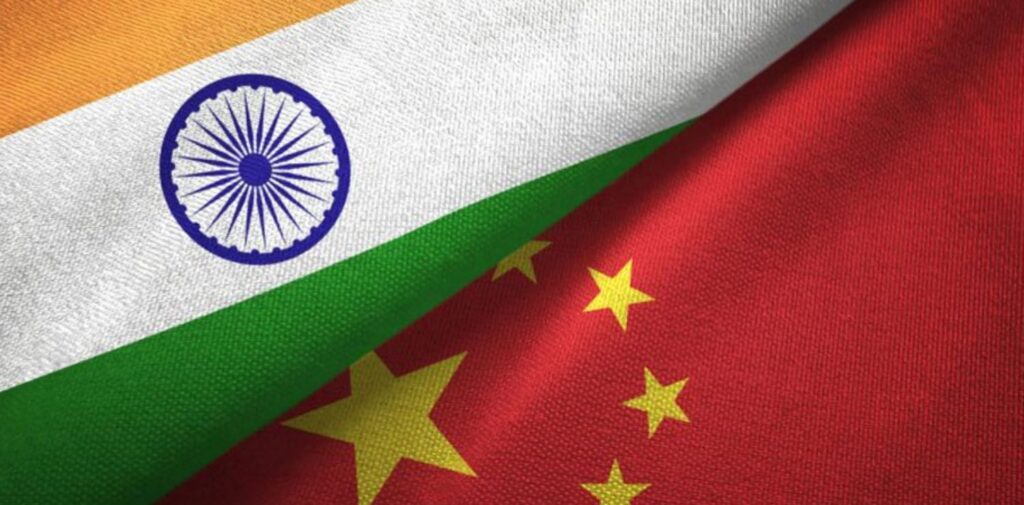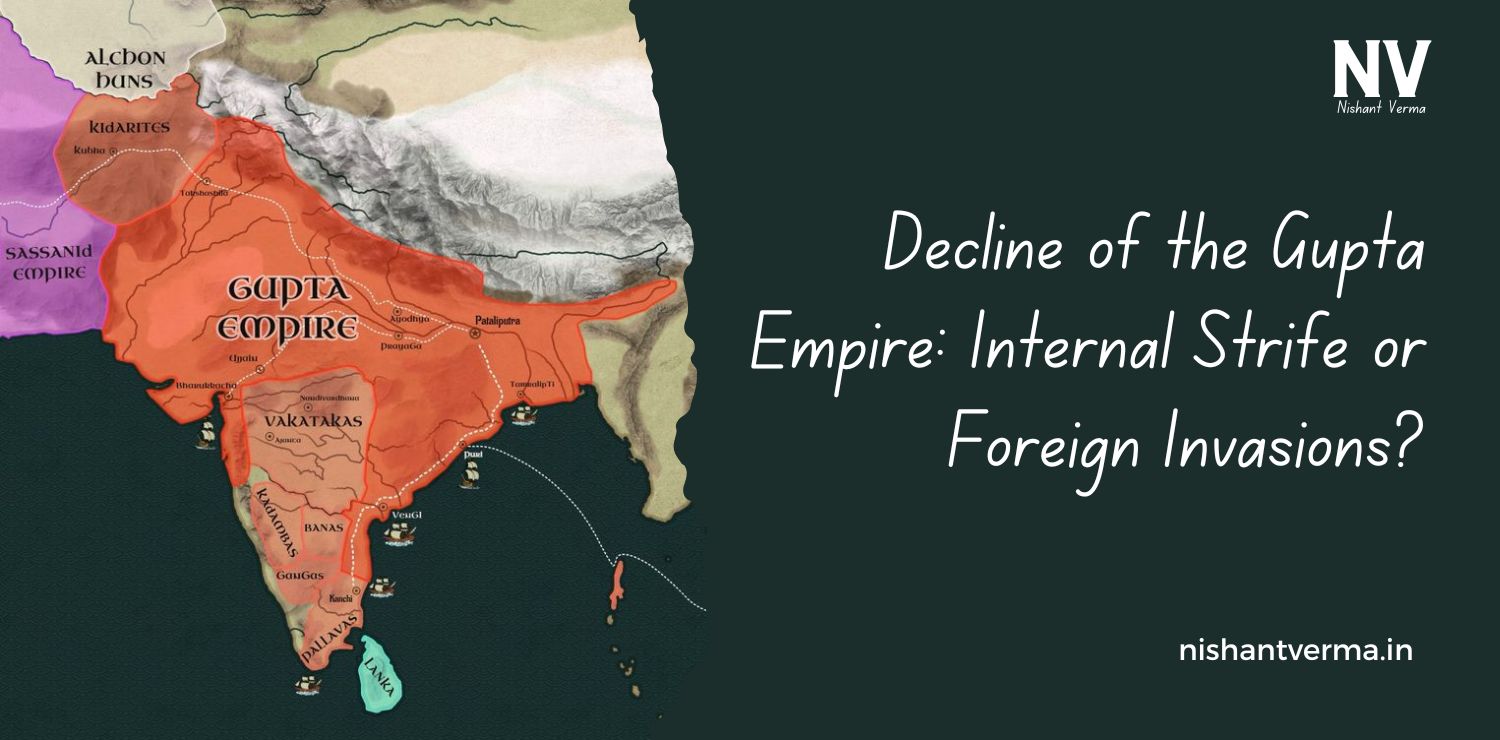In a region characterized by historical tensions and complex geopolitical dynamics, the recent India-China patrolling agreement marks a significant development in border management. This agreement aims to ease the long-standing disputes along the Line of Actual Control (LAC) and restore stability in areas that have seen friction, particularly following the clashes in the Galwan Valley. In this article, we will explore the details of the agreement, its implications, and why it matters for both nations and the broader region.
How Did Historical Tensions Lead to This Agreement?
The relationship between India and China has been marked by conflict since the 1962 Sino-Indian War. The ongoing disputes along the Line of Actual Control (LAC) have led to frequent misunderstandings and military standoffs, most notably the violent clashes in Galwan Valley in June 2020. These historical tensions highlight the necessity for a new approach to border management.
The Background: A History of Tensions
The relationship between India and China has been fraught with conflict since the 1962 Sino-Indian War, which laid the groundwork for ongoing disputes over territory. The LAC, which serves as the de facto border between the two countries, is not clearly demarcated, leading to frequent misunderstandings and standoffs. The most notable recent clash occurred in June 2020 in the Galwan Valley, resulting in casualties on both sides and exacerbating tensions.
In response to these conflicts, both nations have recognized the need for clearer protocols and agreements to manage their border interactions. The new patrolling agreement is a crucial step in this direction.

What the India-China Patrolling Agreement Entails
The India-China patrolling agreement is designed to establish clear communication and coordination mechanisms between the two militaries. Key components of the agreement include:
- Joint Patrolling: The agreement emphasizes joint patrolling efforts in contested areas, particularly in the Depsang Plains and Demchok regions. This approach is aimed at reducing misunderstandings and preventing escalation during encounters between troops.
- Restoration of Rights: The agreement seeks to restore patrolling rights in specific regions that had been impacted by previous tensions. By enabling both nations to resume patrols in these areas, the agreement aims to reduce the potential for conflict.
- Regular Meetings: To maintain open lines of communication, the agreement includes provisions for regular meetings between military commanders. These discussions will focus on operational protocols and strategies to enhance mutual trust and cooperation.
- Crisis Management: The agreement lays the groundwork for improved crisis management mechanisms, helping to mitigate tensions during incidents and ensuring that both sides can address issues promptly and effectively.
Why is the Agreement Important?
The patrolling agreement is significant for several reasons:
- Enhancing Trust: Trust has been severely eroded in the wake of recent conflicts. By establishing regular communication and joint patrols, both nations can work towards rebuilding confidence in their interactions.
- Preventing Escalation: One of the most pressing concerns along the LAC is the potential for accidental confrontations to escalate into larger conflicts. By clarifying protocols for interactions, the agreement helps to mitigate this risk.
- Regional Stability: Stability between India and China is crucial not just for the two countries but also for the entire region. A stable India-China relationship can lead to enhanced security and cooperation in South Asia and beyond.
- Global Implications: The India-China relationship has significant global implications, especially given the strategic interests of other nations in the region. A more stable border dynamic could influence trade routes, security alliances, and international relations in Asia.
Challenges Ahead
While the agreement is a positive step, challenges remain. The complexities of the border disputes cannot be resolved overnight. Some key challenges include:
- Territorial Disputes: The underlying territorial disputes between India and China are far from resolved. The patrolling agreement does not address these core issues, and any misinterpretation of patrol rights could lead to renewed tensions.
- Domestic Pressures: Both governments face internal pressures that can complicate diplomatic relations. Nationalistic sentiments can drive hardline stances, making it difficult to sustain dialogue and cooperation.
- Implementation and Monitoring: Effective implementation of the agreement will require robust monitoring mechanisms. Without transparency and accountability, the potential for misunderstandings remains high.
- External Influences: Other nations, particularly the United States and Pakistan, have vested interests in the region. Their involvement can either facilitate dialogue or exacerbate tensions, depending on the dynamics at play.

Moving Forward: A Roadmap for Cooperation
The patrolling agreement is just one piece of a larger puzzle. For it to be truly effective, both nations must prioritize continued dialogue and cooperation. Here are some potential pathways forward:
- Engagement through Diplomacy: Sustained diplomatic efforts are essential to address the root causes of the disputes. Engaging in multilateral forums could also help to internationalize the issue and garner broader support for peaceful resolutions.
- Cultural and Economic Exchanges: Strengthening people-to-people ties through cultural exchanges and economic collaboration can help build mutual understanding and reduce tensions.
- Confidence-Building Measures: Both countries should consider additional confidence-building measures, such as joint exercises, humanitarian initiatives, and transparency in military movements.
- Public Communication: To foster a more positive public perception of the agreement, both governments should actively communicate the benefits and objectives of the pact to their citizens.
Could This Agreement Signal a New Chapter in India-China Relations?
The India-China patrolling agreement presents a hopeful avenue for enhancing stability in a historically contentious relationship. Will this commitment to joint patrols and open dialogue reshape the geopolitical landscape of Asia and beyond? As both nations navigate this complex dynamic, the world watches with anticipation, hopeful for a future defined by peaceful coexistence.

Conclusion: A New Chapter in India-China Relations
The India-China patrolling agreement is a noteworthy development that holds promise for enhancing stability along the contested border. While the challenges are significant, the commitment to joint patrols and open communication represents a crucial step towards managing one of the world’s most sensitive geopolitical relationships.
As both nations navigate the complexities of their interactions, the world will be watching closely. The success of this agreement could not only reshape India-China relations but also influence the broader geopolitical landscape in Asia and beyond. In a time of uncertainty, the hope for peaceful coexistence remains a priority that both nations must embrace.




